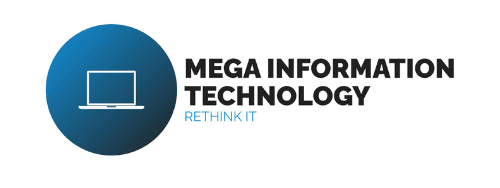Aligning IT Strategy with Business Goals: A Consulting Guide for Connecticut Companies
Understanding the Importance of IT Strategy Alignment
In today's rapidly evolving business landscape, aligning IT strategy with business goals is crucial for companies aiming to remain competitive and efficient. Connecticut companies, like many others, face the challenge of ensuring that their IT investments support and drive their overall business objectives. A well-aligned IT strategy not only enhances operational efficiency but also fosters innovation and growth.

Assessing Your Current IT Landscape
Before aligning your IT strategy with business goals, it's pivotal to assess the current state of your IT infrastructure. This involves evaluating the existing technologies, processes, and workflows in place. Understanding where you stand will help identify gaps and areas for improvement. Consider conducting a thorough IT audit to gain insights into system performance, security vulnerabilities, and potential bottlenecks.
Once you have a clear understanding of your current IT setup, the next step is to engage with stakeholders across various departments. Collaboration ensures that the IT strategy aligns with the needs and objectives of every part of the organization. This stakeholder input is invaluable in crafting a comprehensive IT roadmap.
Setting Clear Business Goals
To effectively align your IT strategy, it is essential to have well-defined business goals. These goals should be specific, measurable, achievable, relevant, and time-bound (SMART). Whether it's expanding into new markets, improving customer satisfaction, or reducing operational costs, having clear objectives provides direction for your IT initiatives.

Once business goals are established, map out how technology can support these objectives. This may involve implementing new software solutions, enhancing data analytics capabilities, or leveraging cloud technologies to improve agility and scalability. By clearly linking technology initiatives to business goals, you ensure that every IT investment provides tangible value.
Developing a Strategic IT Roadmap
A strategic IT roadmap serves as a blueprint for achieving alignment between IT and business goals. This roadmap should outline short-term and long-term initiatives, detailing specific projects, timelines, and resource allocation. Prioritize initiatives based on their potential impact on business objectives and ensure that they are realistic and achievable within the given timeframe.
Involving cross-functional teams in the planning process can provide diverse perspectives and foster collaboration. Regularly review and update the roadmap to accommodate changing business needs and emerging technologies. This flexibility allows your organization to adapt swiftly and maintain alignment with its strategic objectives.

Monitoring Progress and Measuring Success
Aligning IT strategy with business goals is an ongoing process that requires continuous monitoring and evaluation. Establish key performance indicators (KPIs) to measure the success of your IT initiatives. These KPIs could include metrics related to cost savings, process efficiencies, or customer satisfaction improvements.
Regularly review these metrics to assess whether your IT strategy is delivering the desired outcomes. Use this data to make informed decisions about adjusting your strategy as needed. By maintaining a feedback loop, you can ensure that your IT investments continue to align with evolving business goals.
The Role of IT Consulting Firms
For many Connecticut companies, partnering with an IT consulting firm can be a valuable step in aligning IT strategy with business goals. These firms bring expertise and experience in developing tailored strategies that cater to specific industry needs. They can assist in technology assessments, strategic planning, and implementation processes.
Choosing the right consulting partner means finding one that understands your industry dynamics and can offer customized solutions. With their guidance, companies can navigate the complexities of technology integration while focusing on core business functions.
In conclusion, aligning IT strategy with business goals is a crucial endeavor for Connecticut companies looking to thrive in a competitive environment. By understanding current IT capabilities, setting clear objectives, developing a strategic roadmap, and leveraging external expertise when necessary, businesses can ensure that their technology investments drive meaningful growth and success.
